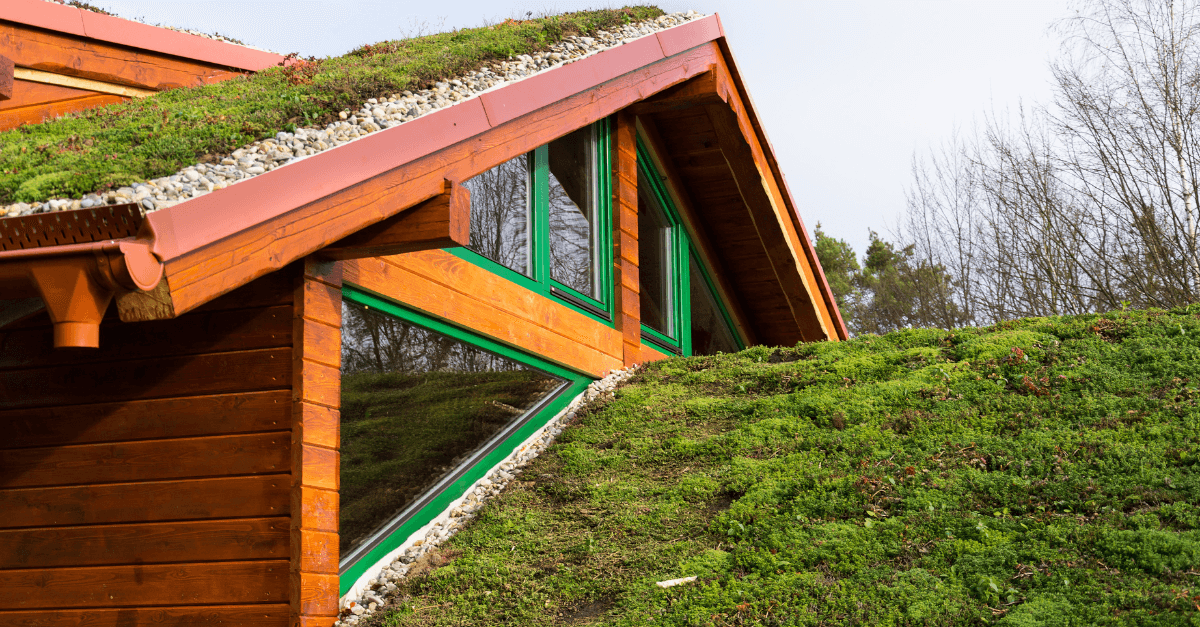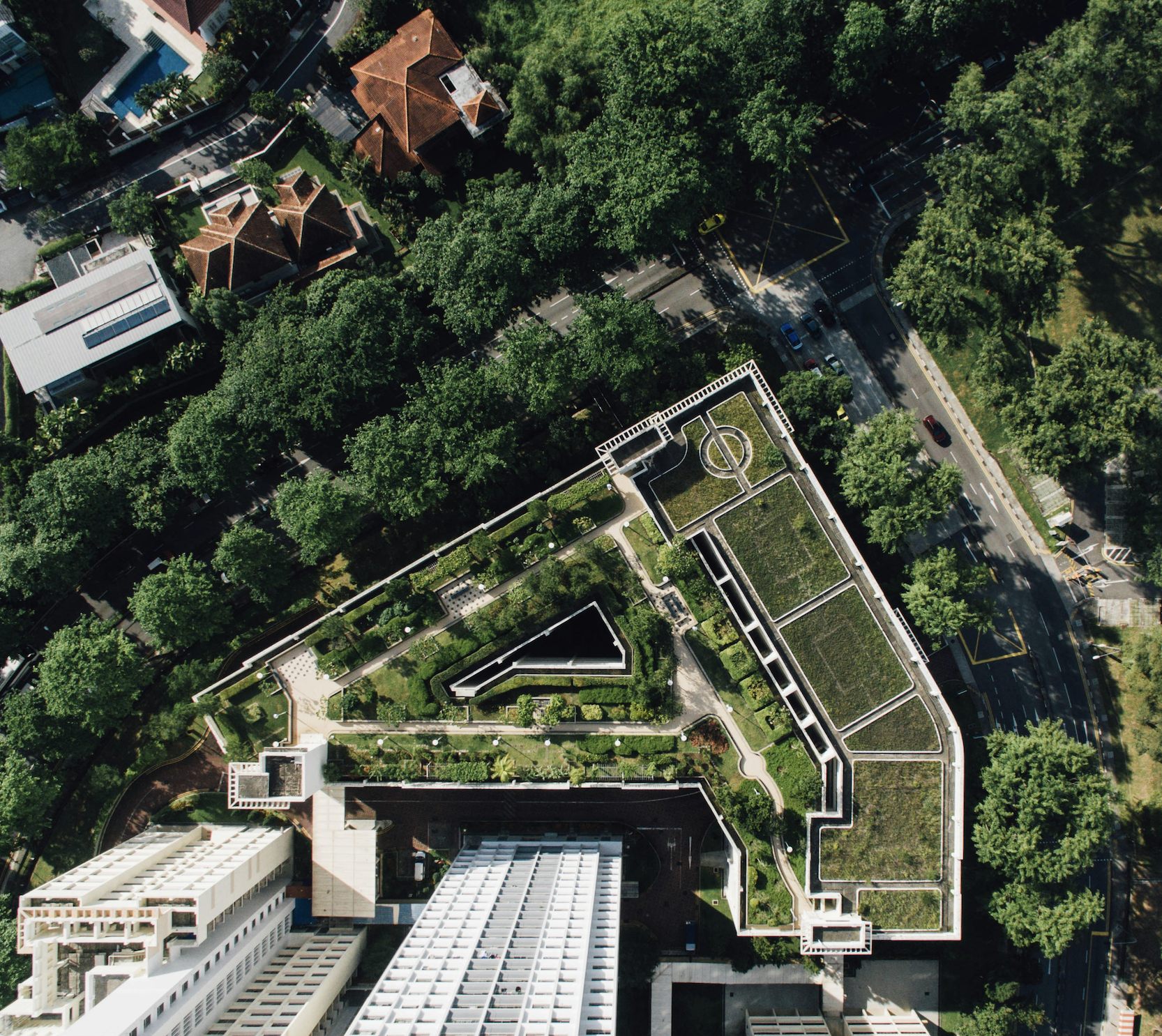In the world of sustainable architecture and urban planning, green roofs are sprouting up like never before. These living rooftops, designed with lush vegetation, originally gained popularity due to their unique and functional use of typically under-utilized roof space. In the last decade or so, more research has come out highlighting the additional benefits of green roof spaces, making them an even more desirable upgrade. In this article, we delve into the key factors driving the ascent of green roofs and back it up with some compelling statistics.
Environmental Benefits
One primary reasons for the surge in green roof popularity is the impressive environmental benefits. Green roofs act as natural insulators, reducing energy consumption by keeping buildings cooler in the summer and warmer in the winter. They also capture and filter rainwater, significantly reducing stormwater runoff and lessening the burden on city drainage systems. This environmental advantage is crucial, given the increasing concern about climate change and the push towards developing more sustainable cities.
Statistical Insight: A study by the Green Roofs for Healthy Cities (GRHC) organization found that the green roof industry in North America grew by 10.3% in 2019, showcasing the increasing demand for eco-conscious building solutions.

Urban Heat Island Mitigation
Cities tend to be much warmer than their surrounding rural areas due to the abundance of heat-absorbing surfaces like asphalt and concrete. Green roofs combat this urban heat island effect by providing a cooler microclimate, thus improving the overall livability of urban areas.
Statistical Insight: Research by the U.S. Environmental Protection Agency (EPA) indicates that green roofs can reduce roof surface temperatures by up to 30-40°F, contributing to a significant reduction in urban heat island impact.
Biodiversity and Aesthetics
Green roofs create habitats for wildlife, fostering biodiversity in urban settings. They also add aesthetic value to buildings, offering a pleasant and calming view of greenery for occupants of the building and other buildings nearby. People often find these hidden green spaces on inviting and therapeutic.
Statistical Insight: The World Green Roof Infrastructure Network (WGRIN) states that in Germany, which leads the world in green roof installations, the total green roof area was estimated at 9.7 million square meters in 2018, demonstrating a widespread appreciation for green roofs’ aesthetic and ecological appeal.

Economic Benefits
By acting as a barrier and insulator, green roofs can extend the lifespan of a roof membrane, resulting in savings on maintenance and replacement costs. Additionally, these green installations can increase property values and rental income. The long-term financial benefits are a significant driver for both building owners and developers.
Statistical Insight: A report from the Green Infrastructure Foundation found that green roofs could increase a property’s resale value by up to 15%.
As the world becomes increasingly focused on sustainability and resilience in urban planning, green roofs are sure to continue their upward trajectory, providing a breath of fresh air for our city spaces.
